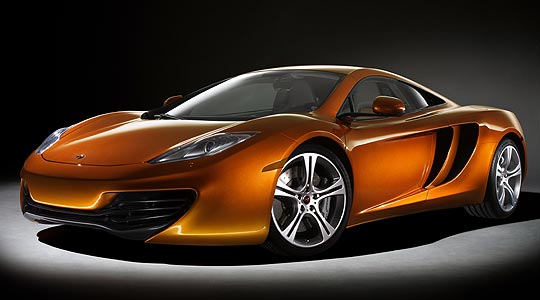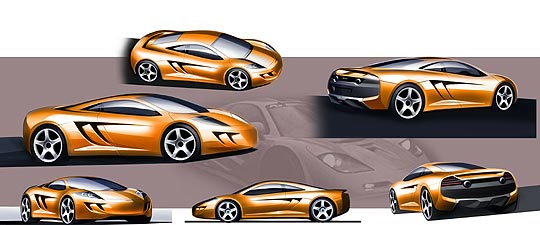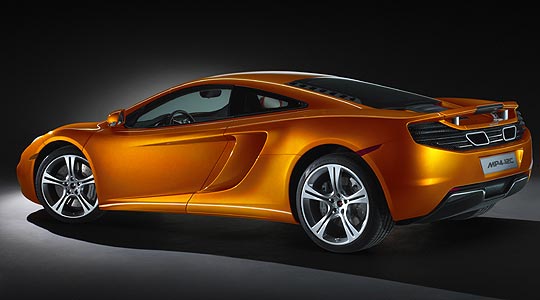
Chris Hrabalek is less than bowled-over by the new McLaren sportscar. Here, he tells us why…
With perfect timing to gatecrash Ferrari’s new 458 launch party at the recent IAA Frankfurt motor show, McLaren finally released photographs of its long-awaited new mid-engined road car. It promised better performance than its competitor on every level bar design. Ignoring the questionable Mercedes-Benz SLR McLaren, the new McLaren MP4-12C is the first road-going effort since the Woking-based firm’s legendary and benchmark-shifting F1 hypercar. The latter is still seen as a Holy Grail among supercars – even by enthusiasts for other marques.
Naturally, it will be the McLaren F1 that the new MP4-12C is measured against. While it’s clear that the new car has been conceived with a different target market in mind, that it’s the product of a different era and that it has a purchase price around one-quarter of the F1 (inflation and the currently disastrous sterling exchange rate notwithstanding), the McLaren MP4-12C will be seen as a sequel to an automotive cult-classic original; and judged as such.

Although one should always reserve the final stylistic judgement of any new automobile until it is viewed in real-world conditions – in this case, sitting in the driveway of a 5-star hotel – it would be a miracle if the MP4-12C comes across as anything but a missed chance. Unfortunately, it has to be said that the styling of this car is nothing more than mediocre and most will surely agree that its McLaren badges could easily be exchanged with Lotus, Noble, or – worse – Farboud ones.
The original McLaren F1 had a classy and understated (truly British, in fact) appearance, yet was packed full of USPs, such as the three-seater layout and inspirational styling themes. The MP4-12C’s appearance is as bland as it gets. Like its ancestor, it tries to be understated but does this in a much more obvious manner. Even the burnt-orange debut colour fails to make up for a lost (design) cause – a real pity, considering that the McLaren designers must have been tasked with clothing one of the tastiest technical packages in the industry.

All in all, the entire package of the MP4-12C fails to show the simplistic confidence of a winner. Even the name, MP4-12C, sounds more like a new digital music format than the title of a legend. Logical as it may sound to the McLaren Head of Marketing and Communication, the nametag merely sounds confusing to the outside world. Why not simply call it the McLaren F3, leaving room for a later ‘F2’ positioned against the next Carrera GT or Enzo, and reserve the ‘F1’ nomenclature for an eventual successor to its forefather – ready to show even the mighty Bugatti Veyron its limitations?
A sportscar in the market segment of the MP4-12C must first and foremost inspire a childlike desire – especially in the heads of people that can’t afford it. The primary mission of McLaren, with its new MP4-12C, should have been to spread the word among ordinary people that a McLaren is something other than a similar-sounding baby buggy. And the only way to do this would be to create a truly drop-dead gorgeous sculpture, one that shouts its performance benchmarks before the key is even in the ignition.
Text: Chris Hrabalek
Photos: McLaren
ClassicInside - The Classic Driver Newsletter
Free Subscription!



